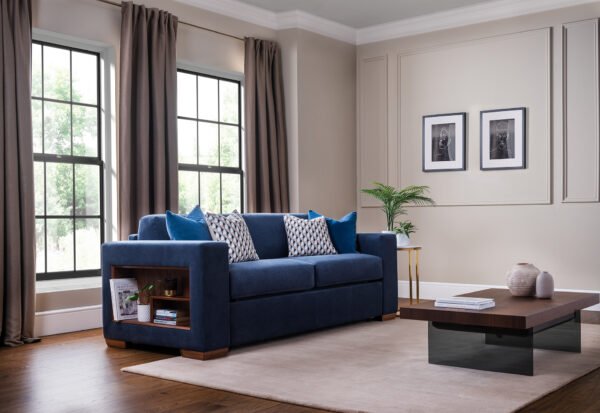
Creating a home that not only looks beautiful but also enhances your well-being and productivity is an art. Mindful living isn’t just a concept; it’s a practice that intertwines with every aspect of your home environment. It’s about making intentional choices that transform your space into a sanctuary that reflects and nurtures your needs and lifestyle.
From the colours on your walls to the layout of your furniture, every detail plays a role in crafting a space that resonates with calmness and inspiration. In our bustling lives, our homes should be our retreats – places where we can recharge, focus, and find peace.
This guide explores how to imbue your living spaces with intentionality, transforming them into havens of avens of tranquillity and productivity.
The Essence of Mindful Spaces: Understanding the Impact of Your Environment
The environment we inhabit deeply influences our mood, health, and productivity. A mindful space is more than just aesthetically pleasing – it’s a carefully curated environment that fosters wellbeing and efficiency. Every element within our homes, from the colour of the walls to the arrangement of furniture, can affect our daily experiences and emotions.
The essence of creating a mindful space lies in understanding this connection between our surroundings and our inner state. By consciously designing our living spaces, we can cultivate an atmosphere that not only soothes the mind but also enhances our ability to focus and be productive.
Whether it’s a quiet corner for contemplation or a well-organised workspace, mindful spaces are tailored to meet our unique emotional and functional needs.
Decluttering Your Way to Peace: Simplifying Your Space for Clarity
Decluttering is a critical step in creating a mindful home. It’s not just about tidying up; it’s about letting go of the unnecessary and making room for clarity and peace. A cluttered space can lead to a cluttered mind, making it difficult to relax or concentrate. The process of decluttering should not be rushed; it’s a journey towards creating a space that truly reflects your personal needs and values.
Simplifying your space can have a profound impact on your mental well-being. It can reduce stress, improve focus, and create a sense of tranquillity. As you declutter, you’ll find that a clear space equates to a clear mind, paving the way for a more peaceful and productive living environment.
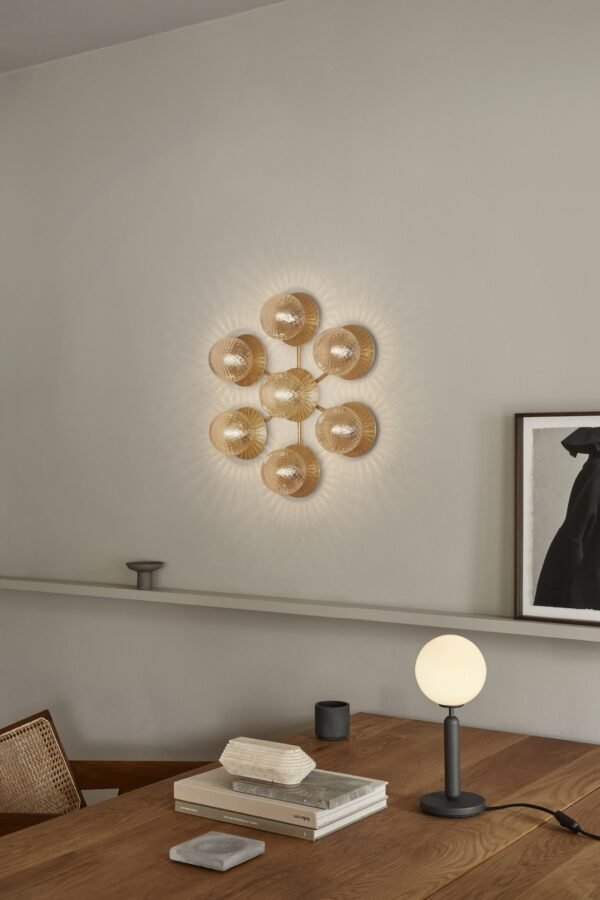
Colour Psychology: Choosing Hues that Harmonise and Inspire
The colours in our home do more than just decorate a space; they have the power to evoke emotions and influence our state of mind. Colour psychology plays a pivotal role in creating a harmonious and inspiring environment. Soft blues and greens are known to induce calm and relaxation, making them perfect for bedrooms and bathrooms.
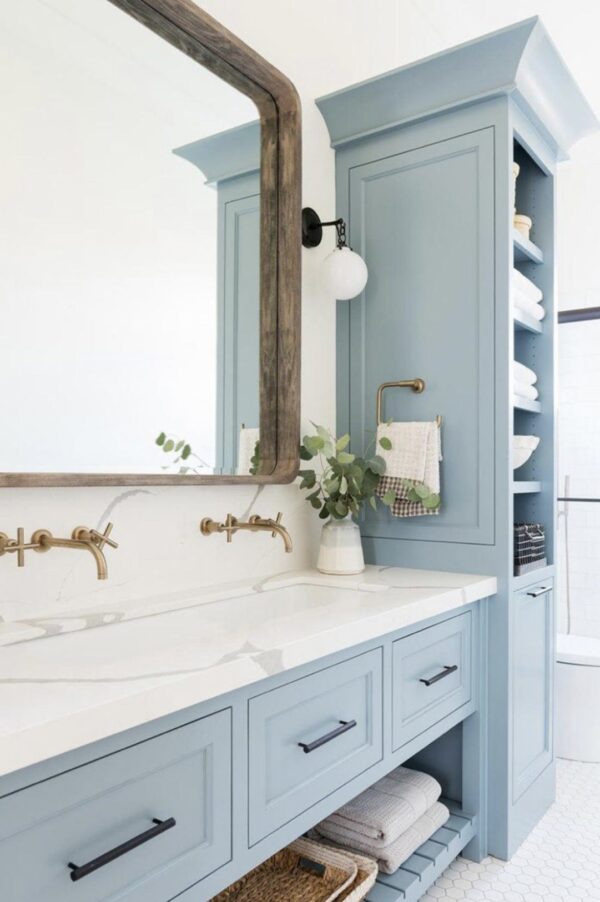
Meanwhile, vibrant hues like yellow or orange can energise a space, ideal for areas where creativity flows, like the kitchen or a home office. Neutral tones offer a canvas of simplicity and sophistication, allowing other elements of your room to stand out.
When selecting colours, consider the mood you wish to create in each room. Remember, it’s not just about the hue, but the way it makes you feel and interact with your space.
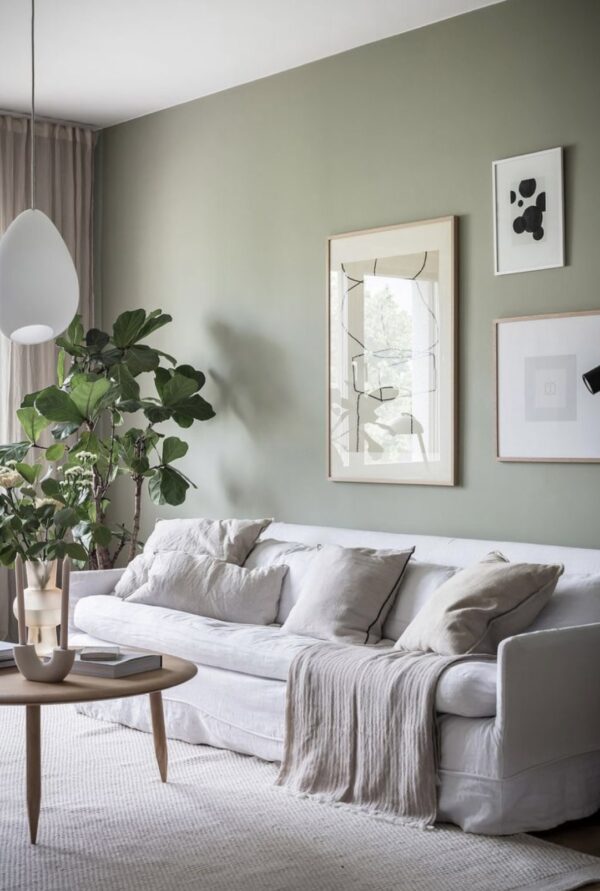
The Art of Functional Design: Furniture and Layout for a Balanced Lifestyle
Functional design in furniture is about combining style with practicality – a philosophy that Furl embraces with their range of sofa beds and storage beds. These pieces are exemplary of how furniture can adapt to our needs without sacrificing aesthetic appeal. Sofa beds offer a versatile solution for accommodating guests without dedicating a permanent space for a guest room.
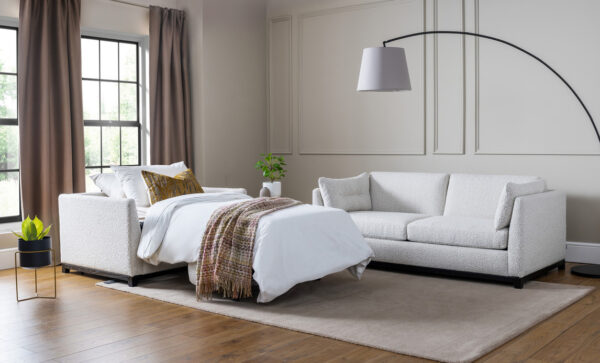
Furl’s sofa beds are designed with both comfort and style in mind, ensuring they fit seamlessly into any decor. Similarly, storage beds are a game-changer in space-saving design. They provide ample hidden storage, reducing clutter and maximising floor space.
When arranging furniture, consider both its purpose and its contribution to the overall flow of the room. The right layout can enhance both functionality and visual harmony, creating a balanced lifestyle within your home.
Natural Elements for Natural Calm: Incorporating Plants and Natural Light
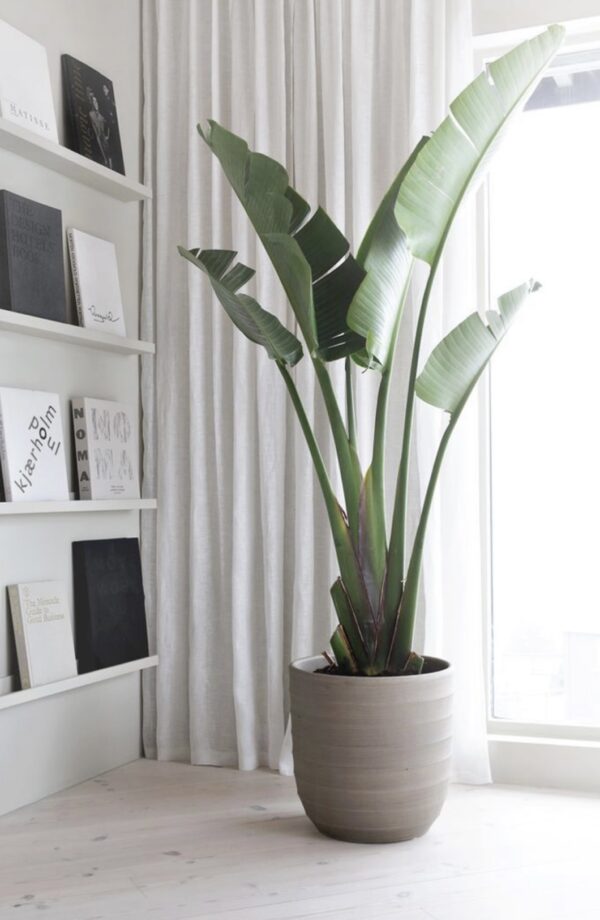
Introducing natural elements into your home is a surefire way to create a serene and revitalising environment. Plants, in particular, are not just decorative; they improve air quality and bring a sense of life and tranquillity to any space. From the lush, leafy greens of a Monstera to the subtle elegance of a Snake Plant, there is a variety to suit every room’s light and style.
Similarly, maximising natural light can profoundly affect the mood and aesthetic of your home. Arrange your living spaces to take advantage of daylight, using light, airy curtains to allow the sun to filter through gently.
Mirrors strategically placed can also enhance natural light, creating a brighter, more open space. These elements of nature and light work together to craft a calming, rejuvenating atmosphere in your home.
Personalised Spaces: Creating Areas for Relaxation and Concentration
Crafting areas in your home that cater to relaxation and concentration is vital for a balanced lifestyle. A personal relaxation zone might feature comfortable seating, soft lighting, and elements that soothe the senses, such as a water feature or a cosy throw. This space should be a sanctuary, where you can unwind and recharge.
In contrast, a concentration area, like a home office or study nook, requires a different approach. Ensure there’s adequate lighting, and consider ergonomics to keep you comfortable during long periods of focus. Personal touches, such as inspirational quotes or a favourite piece of art, can also enhance the space, making it uniquely yours and conducive to productivity.
Tech in Harmony: Integrating Technology Mindfully in Your Home
Integrating technology into your home doesn’t mean sacrificing mindfulness. It’s about choosing and placing tech in ways that enhance, rather than detract from, your living experience.
Start by identifying tech that truly adds value to your life, such as a smart thermostat for energy efficiency or speakers for ambient music. Position screens and devices to reduce intrusion – for instance, keeping TVs out of bedrooms to promote better sleep. Use technology to aid relaxation, like apps for meditation or yoga.
Sensory Balance: Utilising Lighting, Scents, and Sounds
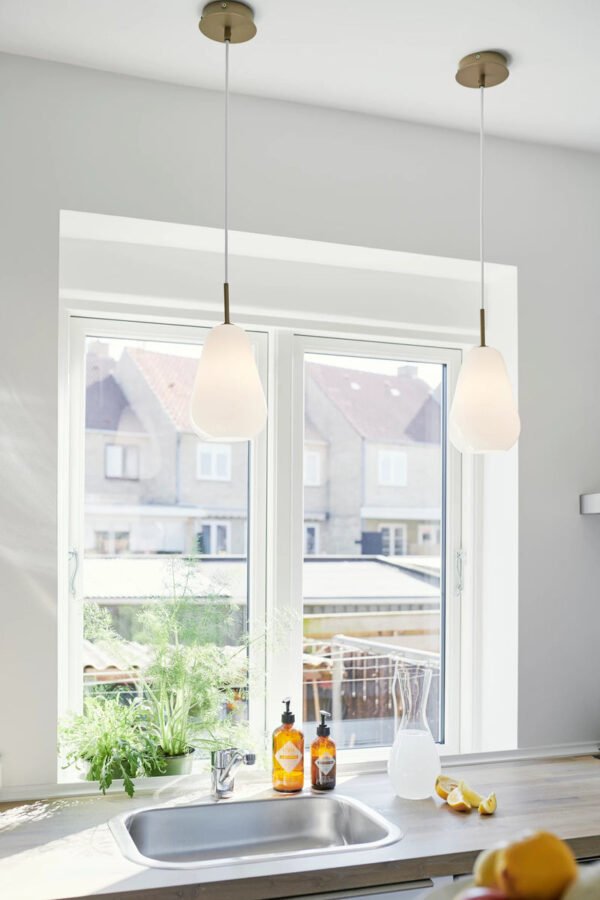
A mindful home environment appeals to all the senses. Lighting plays a key role; utilise layers of light to cater to different moods and activities. For instance, soft, warm lighting can create a relaxing ambiance, while brighter, cooler lights are ideal for work and reading.
Scent is another powerful tool. Aromatic candles or essential oil diffusers can emit scents that calm or invigorate the mind. Consider natural fragrances like lavender for relaxation or citrus for an energy boost. Lastly, ambient sounds or music can set the tone of a room. Gentle background music or the sound of nature can help in creating a tranquil space, perfect for unwinding after a long day.
Routine and Ritual: Establishing Practices for a Mindful Home Life
Establishing routines and rituals can significantly enhance your home life’s mindfulness. Morning routines might include moments of meditation, stretching, or a cup of herbal tea in a favourite spot. These practices can set a positive tone for the day.
Similarly, evening rituals might involve dimming the lights, turning off digital devices an hour before bed, and perhaps some light reading or journaling to wind down. Weekly rituals, like decluttering or tending to houseplants, also contribute to this sense of mindfulness.
These practices not only create structure but also turn everyday activities into moments of reflection and appreciation, fostering a deeper connection with your home and yourself.
